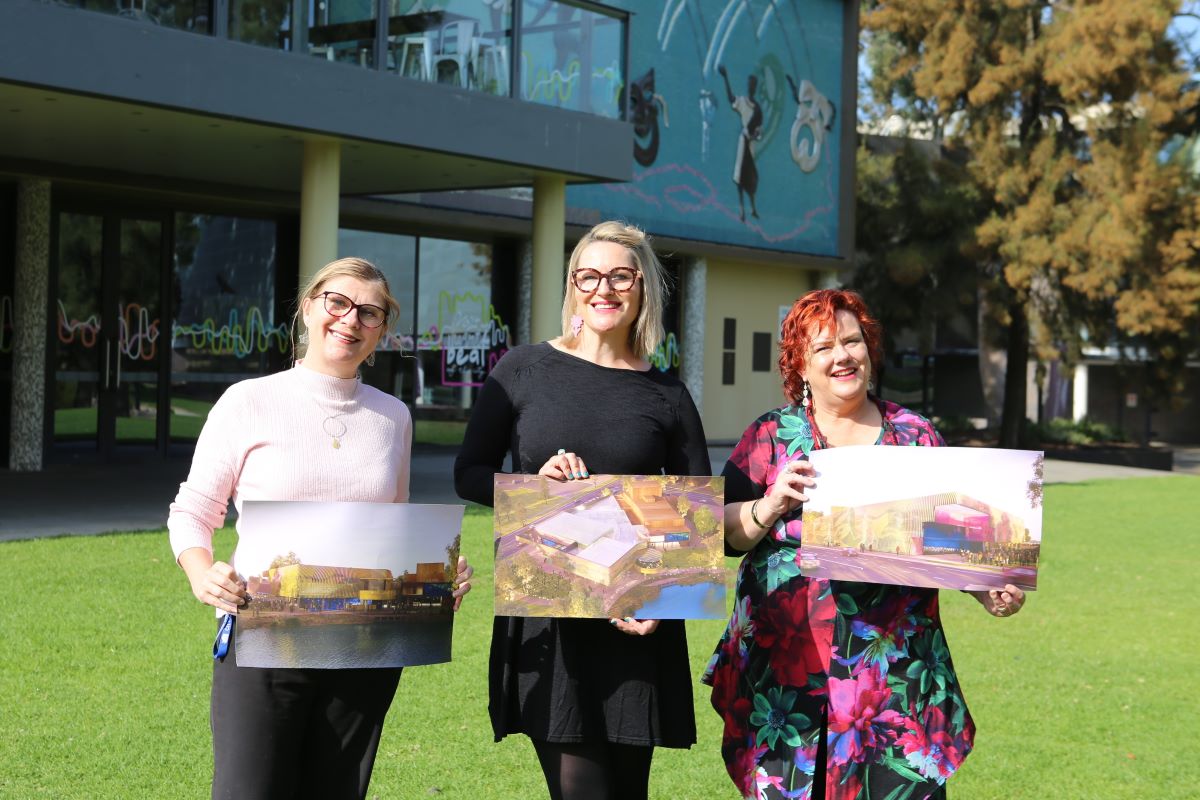A project to restore 6 hectares of flying-fox habitat to help protect the iconic species in the Tweed is seeing great success.
The Sustaining the Tweed’s Flying-fox Forests project has now restored 4 hectares of suitable habitat with the final 2 hectares due to be completed by September.
The project began in October last year to restore high-conservation value foraging habitat for the grey-headed flying-fox on 6 private properties at Tomewin, Urliup and Numinbah.
Tweed Shire Council’s Project Officer – Biodiversity Michael Corke said it was critical to ensure the survival of the grey-headed flying-fox which has been declared a threatened species.
“We are fortunate the Tweed is home to the grey-headed flying fox but it is crucial we ensure this vulnerable species is not lost to the area,” Mr Corke said.
“It is responsible for the pollination of numerous native trees, with its preferred food including the nectar and pollen of eucalypts, banksias and melaleucas as well as the fruits of more than 50 native rainforest trees and vines.
“It’s Australia’s largest flying-fox, and plays a critical role in ensuring the health and survival of iconic ecosystems such as tall sclerophyll forests and lowland subtropical rainforests.
“In a single night they can travel up to 100 km looking for food and spread up to 60,000 seeds. While we sleep, they create new forests by dispersing seeds from the fruit they eat.”
Restoration work as part of the project has consisted mainly of primary control of highly invasive woody and vine weeds.
“In addition to the grey-headed flying-fox, restoration of the valuable habitat at our project sites supports a number of other animal species and threatened plants and they all benefit from this restoration,” Mr Corke said.
“Flying-foxes are threatened by a combination of factors, including a lack of suitable roosting and foraging habitat, climate-related extreme weather, climate-related food shortages, bushfire, misunderstanding, and poor urban planning of the past.
“Full rehabilitation of sites will help ensure the survival of this iconic species and our unique forests. Landholders at each property are learning about best-practice ecological restoration techniques and a little about the ecology of the grey-headed flying fox.”
The project is funded by the Department of Agriculture, Water and the Environment as part of the Regional Bushfire Recovery for Multiregional Species and Strategic Projects Program grant opportunity.
Council will continue to help landholders maintain these project sites next financial year through its Biodiversity Grants Program.







